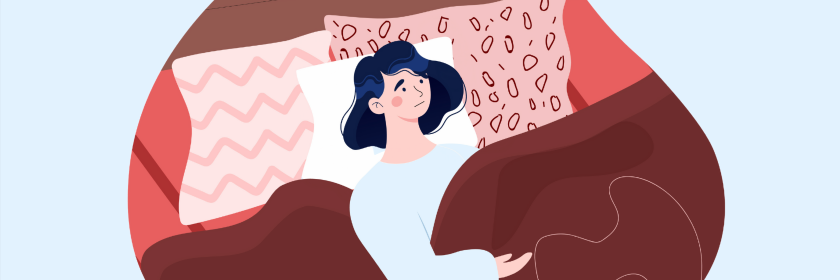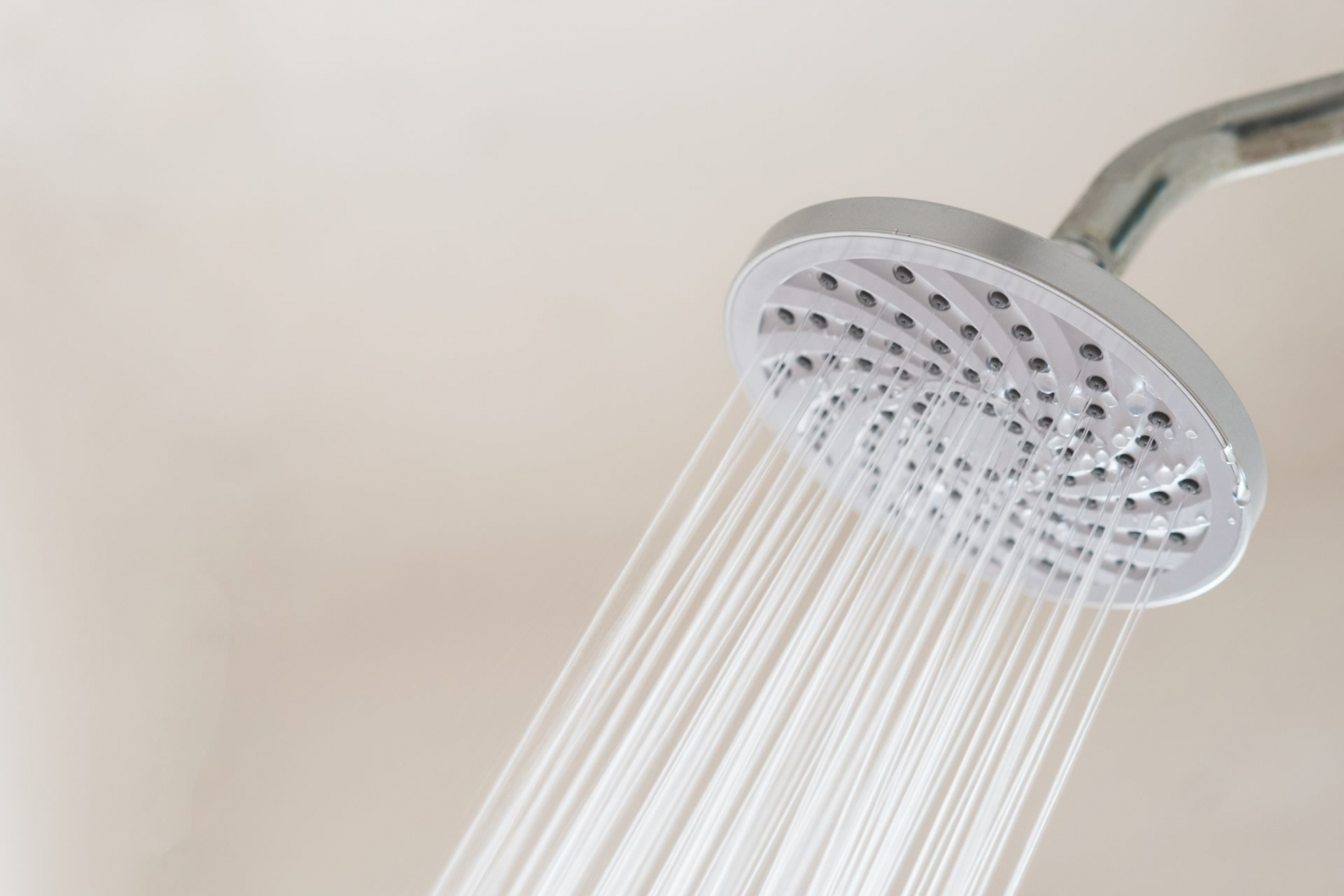This simple technique for calming night-time anxiety will also keep you cool

Do you struggle with night time anxiety? Here’s how ‘vagus nerve icing’ could help you to calm down before bed.
While dealing with any kind of anxiety isn’t nice, coping with night-time anxiety can be particularly tricky.
Not only does it tend to pop up out of the blue as soon as your head hits the pillow, but it can also lead to disrupted sleep – something which then has the power to exacerbate your anxiety during the day, too.
As such, it’s important to be aware of all the different techniques which you can use to calm yourself down when you’re feeling anxious at night. This is especially true at the moment when the hot weather is making switching off particularly difficult (and triggering an increase in anxiety, too).
One such ‘hack’ that’s been trending on the platform recently is ‘vagus nerve icing’ to ease anxiety. The technique, which was originally outlined in a TikTok video made by user Frankie Simmons (@heyfrankiesimmons), has made its way into the posts of numerous creators over the last year.
Now, if you’re not familiar with the vagus nerve, the idea of ‘icing’ a random part of your body might seem pretty confusing. But, with users like Simmons claiming that vagus nerve icing can offer anxiety-reducing benefits within 15 minutes, it’s definitely worth learning more about. Here’s everything you need to know about the trend – including whether it actually works, according to a neuroscientist.
What is vagus nerve icing?
As @heyfrankiesimmons explains in her original video, vagus nerve icing simply involves laying a cold compress or ice pack on your chest to ease anxiety.
“A couple of years ago it was a very regular occurrence for me to wake up at 4am with anxiety – all the time,” she explains in the video. “I’d have to pull myself out of bed and do all of this breathwork and energy work and tea drinking and spend like forever trying to calm myself down to go back to sleep. And all that changed the day I learned about icing your vagus nerve.”
As Simmons goes on to highlight, the vagus nerve is the longest nerve in the body, and plays an important role in the parasympathetic nervous system – the system responsible for the body’s ‘rest and digest’ or calm state.
In this way, Simmons claims, applying cold to your vagus nerve “stimulates it” and helps it to function better, calming you down and reducing feelings of anxiety.
“You can do this by taking ice-cold showers [or] by taking dips in ice-cold lakes, but if you want to save yourself the discomfort, just put an ice pack on the center of your chest,” she says. “Wrap it in a towel, put it [in the centre of your chest] and lie down for at least 15 minutes – longer if you need to – watch TikToks and do whatever you were going to do anyway, and it is a game-changer.”
Simmons continues: “I swear, when I found this, an hour and a half of trying to calm myself down to go back to sleep when I woke up at 4am turned into 15 minutes.
“I didn’t even have an ice pack at the time – I would just go to the freezer get a pack of frozen peas, put it between my boobs I’d be back out in no time. It changed my life – I want everybody to know about this magic.”
Is vagus nerve icing an effective way to reduce anxiety? What’s the science behind it?
To find out more about whether vagus nerve icing is an effective tool for easing anxiety, we spoke to Anne-Sophie Fluri, a neuroscientist and head of mindfulness at the wellness education platform MindLabs.
According to Fluri, using an ice pack to cool your vagus nerve is just one way to improve your vagal ‘tone’, which allows your body to “rebound and relax” faster after a stressful event or situation.
“You can do this through deep breathing exercises, meditation, singing, or – in the case of this TikTok – through cold exposure,” she explains. “Cold exposure, like icing your chest, face or taking cold showers, will activate the cholinergic neurons of the vagal pathway, releasing the neurotransmitter acetylcholine which tells young lungs to breathe, and your body to chill out.”
Fluri continues: “So, by stimulating the vagus nerve, you can send a message to your body that it’s time to relax and destress. For many people, it can really help when they experience panic.”
Fluri adds that, the better you get at activating your vagus nerve (aka, through regular stimulation), the easier it will be for you to calm down quickly when you’re placed under stress. “In the long run, this has huge implications for overall mood levels, stress levels, feelings of wellbeing and emotional resilience,” Fluri says.
So, there you have it. While vagus nerve icing may not be the most commonly-used way to reduce anxiety, it’s based in some pretty solid science – and could offer some benefits in the long-run, too.
If you, or someone you know, is struggling with their mental health or emotional wellbeing, you can find support and resources on the mental health charity Mind’s website and NHS Every Mind Matters or access the NHS’ guide to local mental health helplines and organisations here.
If you are struggling, you can also ask your GP for a referral to NHS Talking Therapies, or you can self-refer.
You can also call the Samaritans in the UK on 116 123 or email [email protected] for confidential support.
This article was originally published in November 2021 and has since been updated throughout.
Images: Getty
Source: Read Full Article
